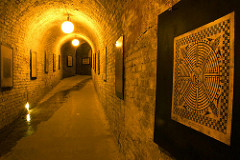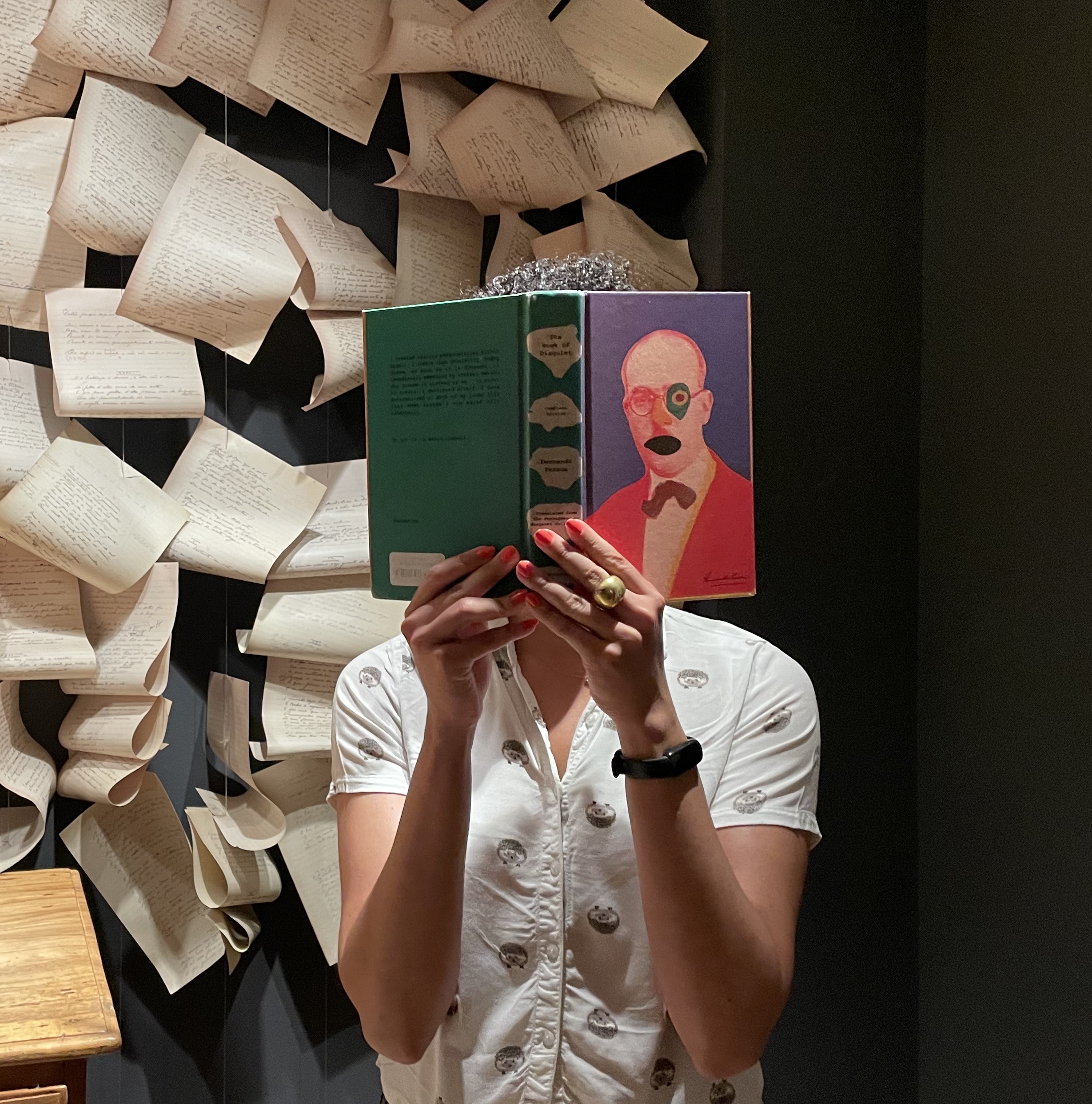The boy in the labyrinth bends to the darkness. Closes his eyes. Imagines that it lies to him. Because it is full of lies. Because at the center of the darkness is a man who is also a bull. And he is curled up at the hub of it all. The boy thinks about the man-bull padding his way along the slick corridors, rubbing his sides against the hewn edges of basalt. Here and there a tuft of fur snags, yanked out in patches. The minotaur nudges along the way the sightless fishes swim up with the waters of the underworld, pulled by the current, the waters sucked their mouths and on through their gills. To the fish, it’s as if the current were a thing with a mind. It enters the mouth and leaves it according to its will. And in the labyrinth the will is forever wishing to be let in.




